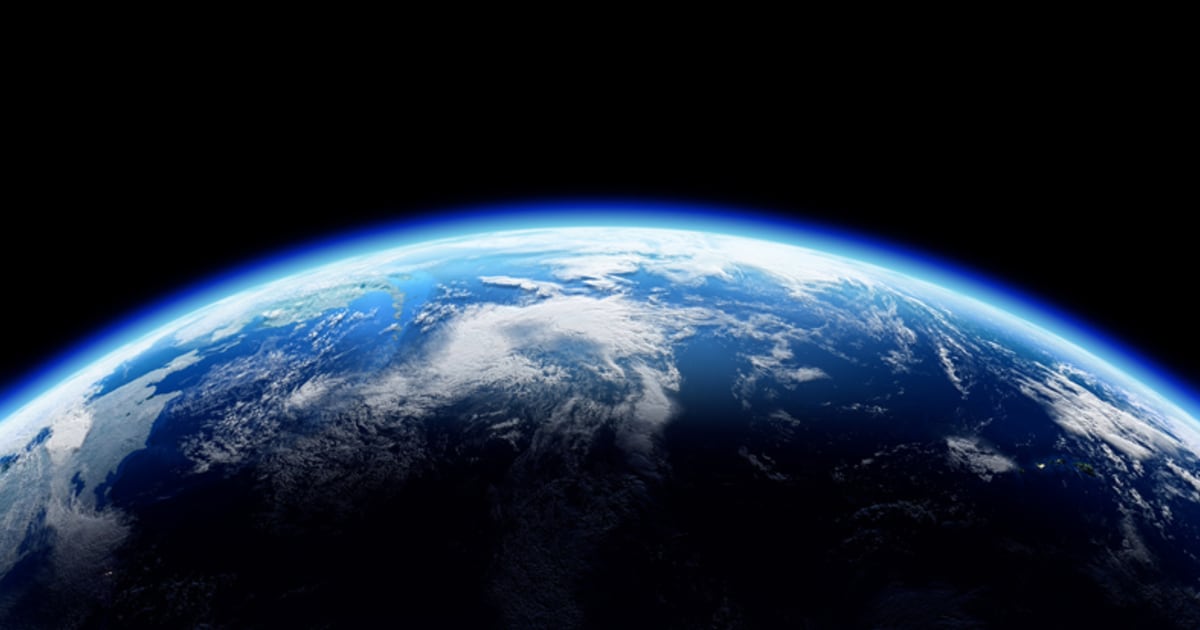The Earth has oceans and land and is full of plants and animals. The environment on this planet that we take for granted is actually an amazing system that took 4.6 billion years to create…!
I'd like to share key points from a new Earth science primer, Earth's 4.6 Billion Years: A Great Material Cycle, which looks at changes from the Earth's formation to the present on a large scale and explains them using the “very simple principle” of material circulation.
*This article was written by Katsuhiro Tsukimura.Earth 4.6 billion years Great rotation of matter The Earth is a huge heat engineThis is an excerpt and re-edited version of (Bluebacks).
The mystery of how the Earth turned into a water planet
Earth contains a lot of water compared to other rocky planets (Mercury, Venus, Mars). Why is this exactly?
Let's take a closer look. Mercury and Venus contain only small amounts of water. Mercury's surface temperature ranges widely from -170°C to 430°C, so water can be in any of the following states: solid, liquid, or gas, but very little water has been found in any of these states on Mercury. . .
On the other hand, the surface temperature of Venus is 464°C, so water is a gas (or supercritical liquid), and the water vapor pressure in Venus' atmosphere is 0.0002 bar, which means there is only a small amount of water.
Mars contains only a small amount of water. The average surface temperature of Mars is -56°C, so water is either solid or gaseous (Figure 2-2). Some ice has been found on Mars. Large quantities of hydrous materials (clay minerals) have also been discovered on Mars. However, due to the low temperature, the water vapor pressure is low at 0.00002 bar.

On the other hand, Earth contains more water than other terrestrial planets. Seawater covers 71% of the Earth's surface, and its average depth is 3,729 metres. This seawater constitutes 96.5% of the water on the Earth's surface. 1.7% of the water is groundwater and 1.74% is glaciers. Other sources include lake water, river water, and atmospheric water vapor.
Of all the terrestrial planets, why does Earth have so much water? In near-Earth space, water is not ice but a gas. If it is ice, it collects and becomes larger, and thus the Earth's gravitational force can attract it, but Earth's gravity cannot attract soft water. However, the Earth has a large amount of water. So, next, let's take a look at how so much water accumulates on Earth on Earth.
How was water created on Earth?
The most common theory about why water collects on Earth is that the water found in clay minerals in meteorites is the origin of Earth's water. When we observe meteorites that have already fallen to Earth, we find clay minerals (serpentine, chlorite, talc, saponite, and montmorillonite) that contain a lot of water. These are minerals that are formed by reacting with water at low temperatures. For example, serpentine is created from the reaction of olivine, pyroxene, and water (Equation 2-1).

If the partial pressure of water vapor were about negative 10 to the power of 7, this clay mineral would exist stably at temperatures below 80 degrees Celsius. Conversely, at temperatures above 80°C, olivine and anhydrous pyroxene become stable rather than water-containing serpentine.
It is also possible that the water between the nanoparticles is the origin of Earth's water. The nanoparticles were created in experiments that simulate the agglomeration of gas-phase solids in space. In addition, many nanoparticles currently found on Earth contain large amounts of intermolecular water.
Nanoparticles are granular materials several nanometers in size, and water is present between the nanoparticles. These nanoparticles are difficult to analyze because they are amorphous, and it has recently been discovered that they exist in large quantities on the Earth's surface. It is also possible that these nanoparticles fell to Earth and brought large amounts of water to Earth.
 Image from iStock
Image from iStock
Clay minerals are stable near Earth and Mars, but become unstable near Mercury and Venus due to rising temperatures. Therefore, it is believed that there are few clay minerals near Mercury and Venus. The water between the nanoparticles also turns into a gas when the temperature rises, so there isn't much water between the nanoparticles near Mercury or Venus.
Another theory is that the ice formed outside the snow line flew into Earth's orbit. However, since the temperature near Earth is above -80°C, the ice turns into gas, and it is believed that Earth's gravity cannot attract gaseous water.
From the above, Earth and Mars have low temperatures, so they accumulate a large amount of clay minerals and nanoparticles containing water, while Mercury and Venus have high temperatures, so they accumulate most of the clay minerals and nanoparticles containing water, and it is believed that this is not the case. As a result, there is almost no water on Mercury and Venus, and water has accumulated on Earth and Mars.

“Travel maven. Beer expert. Subtly charming alcohol fan. Internet junkie. Avid bacon scholar.”






More Stories
It's better to call it a digital camera. The Xperia 1 VI lets you take any kind of photo | Gizmodo Japan
Google may be developing a new device called “Google TV Streamer” to replace “Chromecast”
What do you want to talk about? “Persona 3 Reload” recommendation campaign is running until July 31st! |.Persona Channel